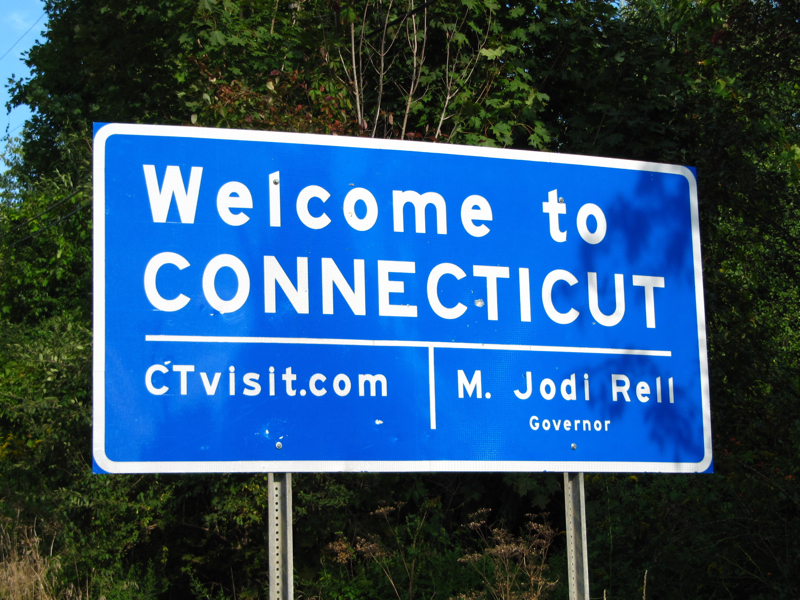40 years after first case, Lyme disease still a burden for Connecticut

“The town of Lyme in Connecticut was the first spot that LD [Lyme disease] was recognized in the U.S.,” writes Mollalo and colleagues in the journal Geospatial Health. [1] In 1977, Steere et al. described the initial cluster of cases in children. Today, 40 years later, Lyme disease continues to be a burden for Connecticut.
Since 1977, “in spite of all endeavors conducted by the Connecticut Department of Public Health (CTDPH) to control the disease, it [Lyme disease] remains endemic with substantial morbidity rates,” states Mollalo, from the Department of Geography at the University of Florida.
Mollalo and his team conducted a retrospective study examining changes in the spatial clusters of Lyme disease incidence rates in Connecticut towns based on 24 years of data. The authors aimed to describe “the spatial distribution and the changes that have occurred with regard to the disease.”
Their hope was that by identifying hotspots, health officials will be able to develop targeted interventions. “One of the means to fight against the risk of the disease in the study area would be targeted intervention in the areas (towns in this case) that were constantly affected with a very high morbidity rate,” states Mollalo.
“Targeted control, planning and management of the disease can assist with resource allocation to the towns with persistent high incidence rates resulting in time and costs savings,” he adds.
[bctt tweet=”Lyme disease still a burden for Connecticut residents, 40 years after first case was reported. ” username=”DrDanielCameron”]
Using exploratory spatial data analysis of Lyme disease, Mollalo and colleagues found that clustering occurred predominantly in western and eastern Connecticut with a few cases in the central region. High-High clusters (hotspots) varied for each study period. Between 24 and 30 towns in eastern Connecticut were identified as hotspots during the first and last study period. Whereas, the number of hotspots in western Connecticut varied from 8 to 10 towns.

Throughout those 24 years, there has been a significant number of Lyme disease cases reported in Connecticut. Between 1991 and 2014, there were 54,478 reported human cases of Lyme disease. However, the actual number is estimated to be ten times higher, bringing the true total to approximately 540,000 people. This figure is staggering given that Connecticut has a population of 3.56 million people.
The identification of Lyme clusters (hotspots) in Connecticut, decades after the first reported epidemic in the town of Lyme, reminds us of the challenges we still face in conquering this disease.
Related articles:
Survey finds most Connecticut residents are unaware of Babesia and Anaplasmosis
High prevalence of Babesia microti in Suffolk County, New York
References:
- Mollalo A, Blackburn JK, Morris LR, Glass GE. A 24-year exploratory spatial data analysis
of Lyme disease incidence rate in Connecticut, USA. Geospat Health. 2017;12(2):588.



Join the Lyme Conversation
(Note: comments are moderated. You will see your comment after it has been reviewed.)